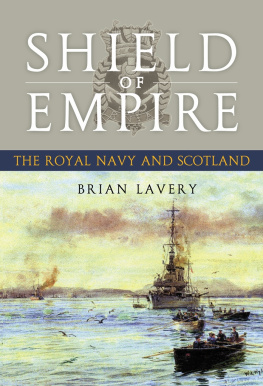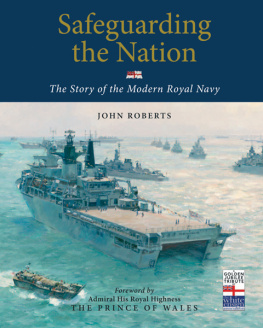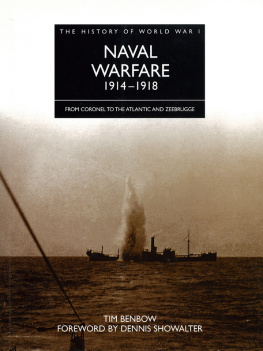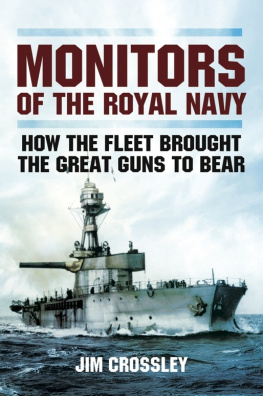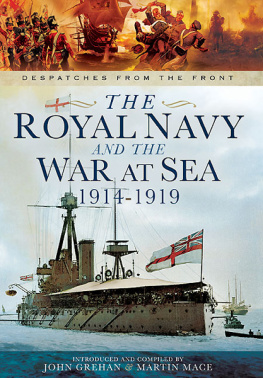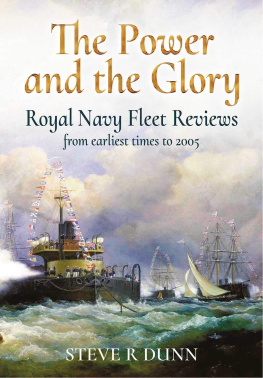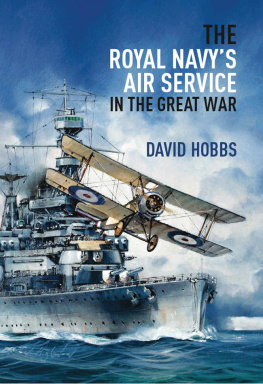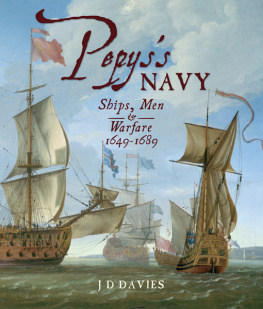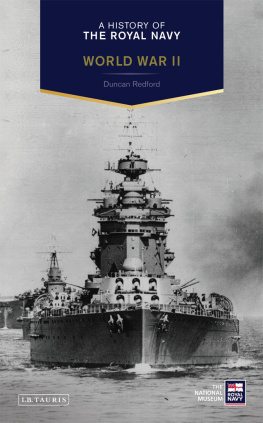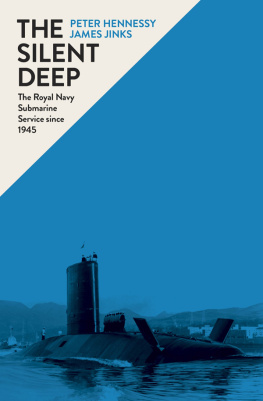Shield of Empire

This ebook edition published in 2012 by
Birlinn Limited
West Newington House
Newington Road
Edinburgh
EH9 1QS
www.birlinn.co.uk
Copyright Brian Lavery, 2007
The moral right of Brian Lavery to be identified as the author of this work has been asserted by him in accordance with the Copyright, Designs and Patents Act 1988
All rights reserved. No part of this publication may be reproduced, stored or transmitted in any form without the express written permission of the publisher.
eBook ISBN: 978-0-85790-542-0
Print ISBN: 978-1-84158-513-0
Version 1.0
British Library Cataloguing-in-Publication Data
A catalogue record for this book is available from the British Library
List of Illustrations
PLATE SECTION
Acknowledgements
Perhaps my first thanks should go to Don Hind and the crew of the Lorne Leader, who introduced me to the delights of sailing in the Western Isles and inspired me to look at the richness of Scottish maritime history. Secondly, I am grateful to Dr Eric Grove, now of the University of Salford, who read over the nineteenth- and twentieth-century parts of the work and made many helpful comments about my first attempts to write about these periods.
I should mention many past and present colleagues in the National Maritime Museum who have made contributions or provided ideas on one way or another Professor Roger Knight, Chris Ware, Bob Todd, Jeremy Michell, Liza Verity, Nigel Rigby, Simon Stephens, Robert Blyth and many others; the staff of the Royal Naval Museum, Portsmouth including Campbell McMurray, Colin White and Matthew Sheldon; Robert Prescott and many others in the Scottish Institute of Maritime Studies at St Andrews University; Jim Tildesley at the Scottish Maritime Museum, Irvine; and Chris Page, Jock Gardiner, Malcolm Llewellyn-Jones, Jenny Wraight and Iain Mackenzie of the Naval Historical Branch. Two late colleagues, David Lyon and David Syrett, are sadly missed as friends and critics.
Any research in British maritime history must rely heavily on past work done by the Navy Records Society and the Society for Nautical Research. I am proud to have served on the Councils of these bodies, and exchanged many ideas with their members. The bulk of the research was done in the Public Record Office, now the National Archives, at Kew. Unusually among public bodies, it seems to have gained in efficiency over the years, if anything. There are also many vital collections in the National Maritime Museum, including models, charts, manuscripts, ships plans and the underestimated pamphlet collection.
John Tuckwell has supported the project over a number of years, and at Birlinn I am grateful to Laura Esselmont and Andrew Simmons. I am also grateful to Sarah and Alice Lavery for support and encouragement.
Brian Lavery
March 2007
Preface
This is not intended as a naval history of Scotland. That would require a much broader canvas and an earlier starting point. In his monumental work Safeguard of the Seas, N.A.M. Rodger is particularly fair to the non-English elements in British naval history and credits one of the greatest naval milestones to Scotland. The Lords of the Isles, he says, were one of three sources of naval power in the British Isles at the beginning of the sixteenth century. Another was Henry VIIIs fleet in England and the third was James IV of Scotlands fleet, which mounted a campaign against the Lords of the Isles with some of the worlds first gun-armed warships. As Rodger says, it is not fanciful to suggest that this obscure campaign, not anything done by English ships, marks the real end of Medieval warfare in northern waters and the first hesitant beginnings in the British Isles of what was eventually to become an entirely new style of sea fighting.
When I was writing the book, one English naval officer said to me, Whats it about Cochrane, Cochrane, Cochrane? He had spent some time at Faslane, so perhaps he should have known better. Even then, I had relatively modest expectations about the size of the book, but as so often happens, it expanded as work progressed. Aspects such as the importance of Scottish officers in Nelsons navy, the role of training bases in the Second World War and the secret history of the Holy Loch base all came to light and yielded far more than I had expected.
We live in an age when many people tend to ignore the importance of the sea, and much of its lore is almost forgotten. I was once contacted by a journalist who asked me about a particular ship. We established that the ship had been built in Glasgow and launched in 1944. She then asked me where the launch had taken place. She thought it was like a book launch, which can take place anywhere. No-one who lived on Clydeside in the 1950s could ever have made that mistake, but subsequent generations have already begun to see things in a different way.
There is no question about the importance of the sea in Scottish history. The eminent historian Gordon Donaldson begins one of his major works with the statement, The two most conspicuous features on the map of Scotland are mountains and the sea. Mountains have tended to be barriers rather than assets, but the sea has always been hugely important, providing routes for immigrants and emigrants as well as trade, and supplying resources in the form of fish and oil. The sea has always been a source of beauty and hope and also of fear and wonder.
Scotland has two very different coastlines in east and west, which have helped to create two distinct cultures, with Glasgow looking toward the West Highlands and islands, Ireland and America, and Edinburgh towards England and Europe. No two cities in the United Kingdom are so far apart culturally despite being so close together geographically. The British are proud of the fact that that no-one lives more than 80 miles from the sea, but in Scotland that distance can be halved. Scotland has never aspired to rule the waves or have mastery of the sea, but Scots have often played a central role in the story of British sea power, just as they have in other aspects of the British Empire.
From a strategic point of view, Scotland is important as the northern end of an island which has the potential to dominate the seas of northern Europe and to restrict movements out of Germany, the Netherlands, Russia and Scandinavia. In addition, it had many fine harbours, often underused for civilian purposes, and due to its geographical position, has suffered less than other parts of the United Kingdom from privateering, bombing and the threat of invasion. Even a spot as isolated as Scapa Flow can become the hub of naval history, for a few wartime years at least.
In Shield of Empire I hope I have made it clear that, among other things, the role of the navy in Scotland raises fundamental questions about Scottish identity. Despite the activities of the Lords of the Isles, James IV and the Scottish privateers, most naval history as it relates to Scotland is inextricably linked with the Union of 1707. Most of the Scots involved (except pressed seamen) have been happy to participate in a United Kingdom navy, though the English have not always been sensitive to the needs and wishes of Scots - a fact which is not unique to naval history. The Scot within the navy has always faced the classic dilemma, whether to retain his national identity or to merge into the largely English-dominated whole.
No great naval battle has ever been fought within Scottish waters (unless one includes Bloody Bay in 1481 between John Lord of the Isles and his son), but the ships which fought at Jutland in 1916 all sailed from Scottish bases and the survivors returned there. Anyway, naval historians have long been aware that naval history is about much more than battles. Scottish naval bases have been vital to the Royal Navy since the beginning of the twentieth century, and are just as important as ever today, though places such as Helensburgh and Dunfermline, for example, have never showed any signs of becoming like Chatham, Portsmouth or Plymouth towns whose whole history is tied up with the navy and where the navy permeates every aspect of the local economy and culture.

